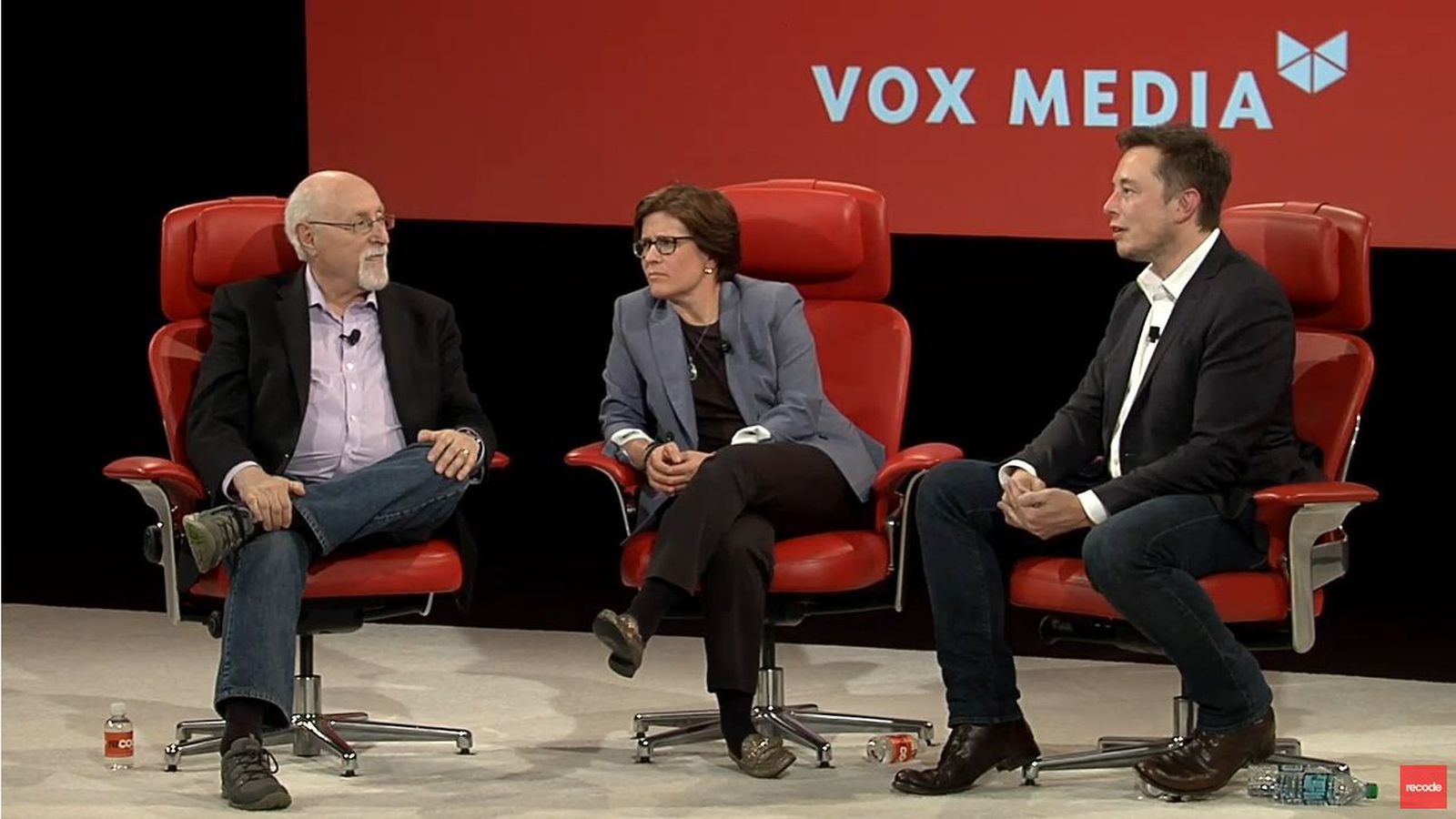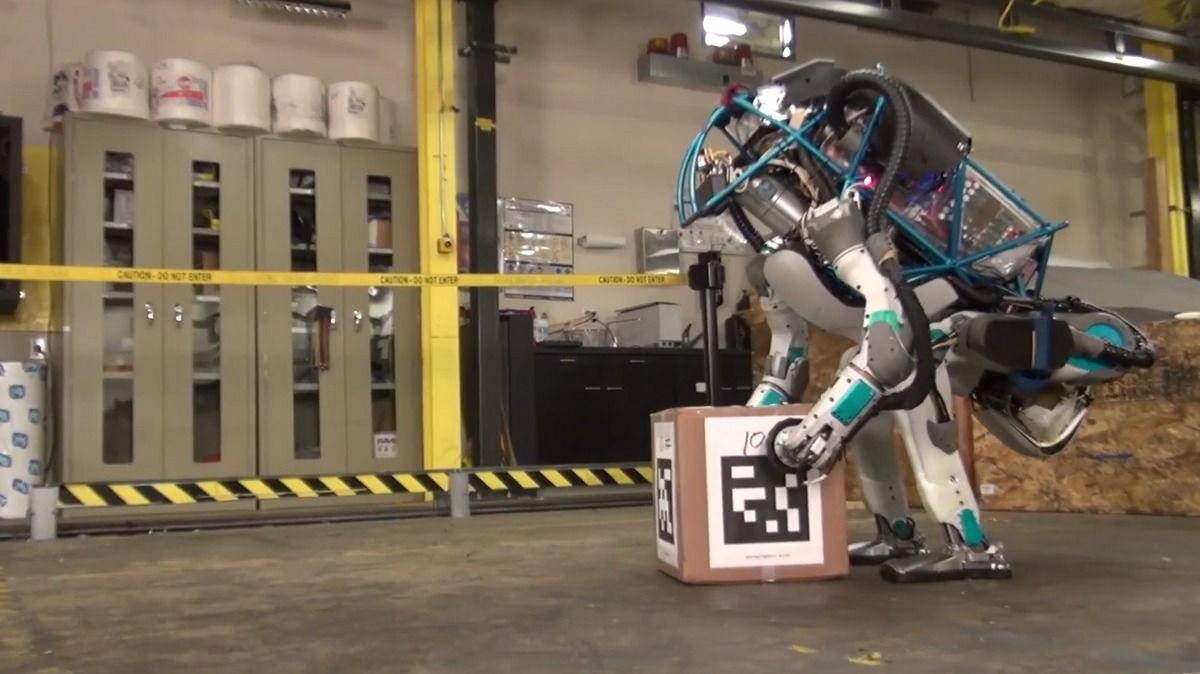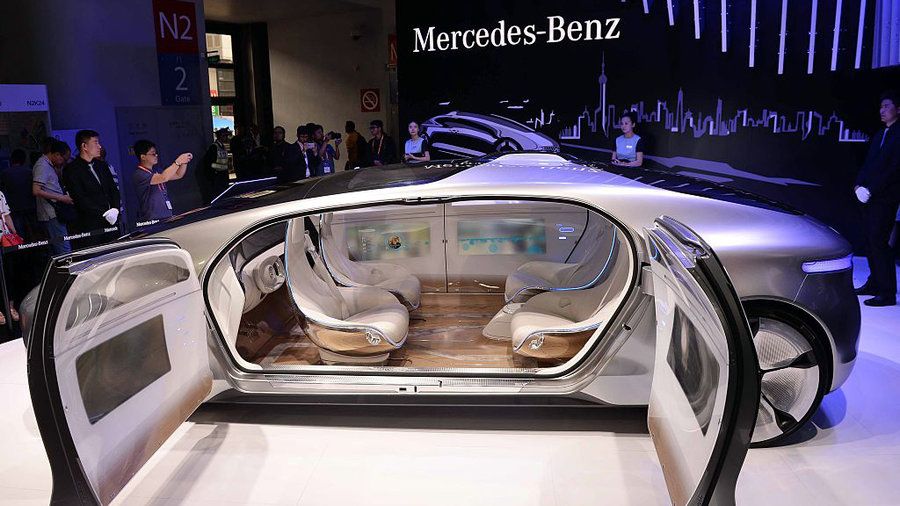This is one of those “therotical” topics that many of us have had at some point in our lives with our engineering team pals, or with our research department/ lab buddies. Fun to see Elon Musk share his views on this topic. Who knows; maybe? Last week, we learned that black holes may be nothing more that a multi-layer hologram in space.
“There’s a billion to one chance we’re living in base reality,” Elon Musk said tonight on stage at Recode’s Code Conference, meaning that one of the most influential and powerful figures in tech thinks that it’s overwhelmingly likely we’re just characters living inside a simulation.
The Verge co-founder Josh Topolsky got half-way through asking Musk if he thought our existence was simulated before the Tesla CEO jumped in to finish his question for him. “I’ve had so many simulation discussions it’s crazy,” Musk explained. “You’ve thought about this?” Topolsky asked. “A lot,” Musk replied. “It got to the point where every conversation was the AI / simulation conversation, and my brother and I agreed that we would ban such conversations if we were ever in a hot tub.”
His argument — one presumably honed in the soothing waters of many a jaccuzi — goes that the incredibly fast advancement of video game technology indicates we’ll be capable of creating a fully lifelike simulation of existence in a short span of time. In 40 years, Musk explained, we’ve gone from Pong to massively multiplayer online games with millions of simultaneous players, games with photorealistic graphics, and stand now on the cusp of a new wave of virtual and augmented reality experiences.








